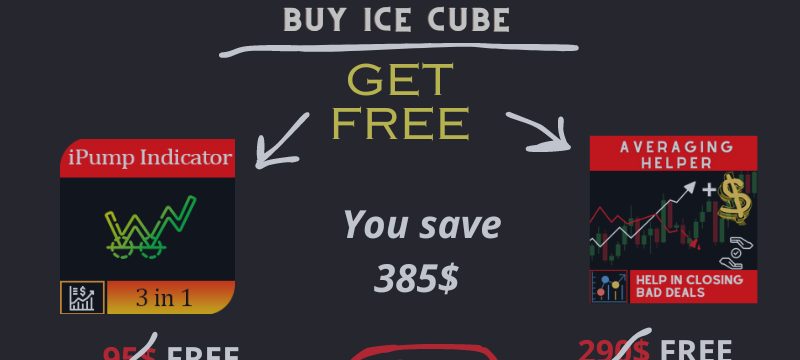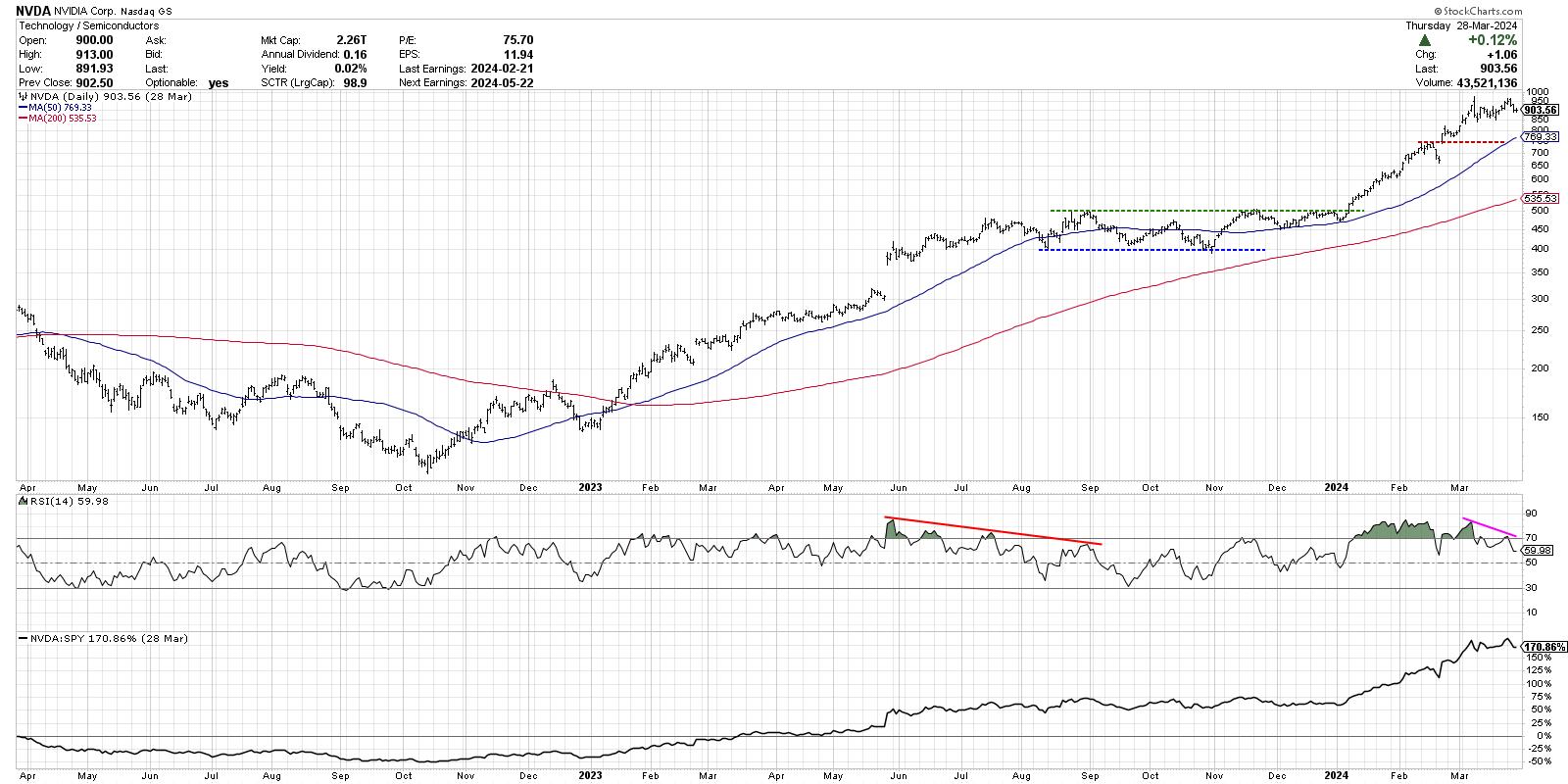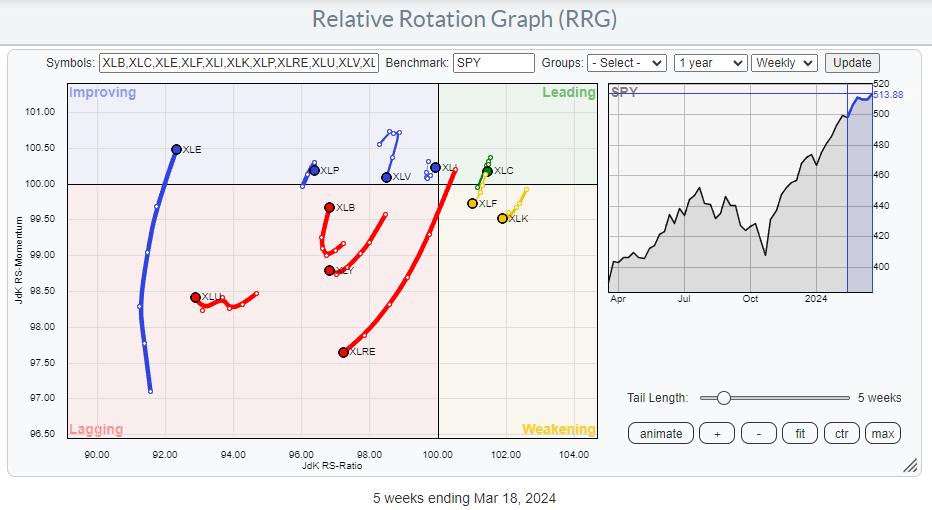What do the first quarter GDP and inflation results mean for markets?

Two major pieces of economic information came out on Thursday, but neither turned out to be very good for the stock market.
First, the U.S. Bureau of Economic Analysis (BEA) announced the first quarter gross domestic product (GDP) on the 14th, showing that the economic growth rate had slowed more than expected. GDP rose 1.6%, below economists’ consensus estimate of 2.4% for the first quarter. It is also the lowest growth rate since the second quarter of 2022, when GDP contracted.
Official personal consumption expenditures (PCE) results for March aren’t released until Friday morning, but there were several other clues in the GDP report that suggest the Fed’s key inflation measure may have risen in March.
As a result, Thursday was not a good day for the markets, with all major indexes in the red, led by the Dow Jones Industrial Average. As of 1 p.m. ET, the Dow Jones Industrial Average was down 470 points, down 1.2%.
Slowest GDP growth since 2022
So far, the Fed has been able to steer the economy toward its intended soft landing, meaning the central bank can lower inflation without sending the economy into recession. But first quarter figures show inflation could rise again while the economy cools.
First, let’s look at first quarter GDP. With growth of 1.6%, GDP is growing more slowly than in the fourth quarter, when it was 3.4%.
The decline in GDP growth compared to the fourth quarter was primarily due to a slowdown in consumer spending, exports, and state and local government spending. A slump in federal spending hasn’t helped either.
These movements were partially offset by increases in residential fixed investment, reflecting increases in home sales and new home construction. Imports also accelerated in the fourth quarter.
The economic slowdown is a problem, but the bigger problem appears to be the inflation rate. Earlier this month, March consumer price index (CPI) figures showed inflation rose 3.5% over the past 12 months, up from 3.2% in February.
The March readings for the Federal Reserve’s preferred inflation measure, the PCE index, are scheduled to be released on April 26. However, BEA published first quarter PCE numbers in its GDP report, which provide some insight into what we might see in March.
Could the PCE index go higher in March?
PCE for the first quarter, which includes January, February and March, increased 3.4% compared to 1.8% in the fourth quarter of 2023. Excluding more volatile food and energy prices, the PCE index for the first quarter increased 3.7% compared to the fourth quarter of 2023. 2% increase in the fourth quarter.
The PCE index in January and February recorded 2.4% and 2.5%, respectively. So the first quarter figure of 3.4% means that the March figure should be significantly higher, unless the January and February figures are adjusted. We’ll know for sure on Friday, but on Thursday the market took this as a bad sign.
According to Reuters, Olu Sonola, head of U.S. economic research at Fitch Ratings, said a slowing economy and rising inflation may mean the Federal Reserve will likely wait longer than expected to lower interest rates.
“The hot inflation print is the real story of this report. “If growth continues to slow slowly but inflation rises strongly again in the wrong direction, expectations of a Fed rate cut in 2024 start to look increasingly impossible,” Sonola told Reuters.
Investors will be watching Friday’s PCE report for more insight into what the Fed will do. It was widely expected that the central bank would implement three interest rate cuts in 2024, with the first likely in June or July. But if inflation continues to rise, many economists estimate the first cuts will not come until September.



